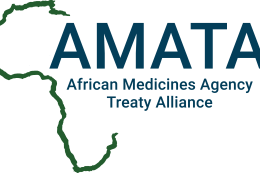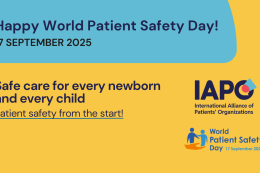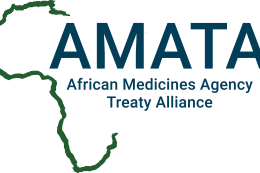What if... Would Prince still be with us?

Hiding pain
We have been hearing a great deal lately about the lives lost by those who have misused or abused pain medications. The latest, Prince, was a real shock to all of us. We never knew he had pain. He was an amazing performer, one who gave his best to all his fans. Watching his flawless performance you would never know he was in pain---pain that, outside of his public life, controlled him.
Like so many people today, Prince was treated with pain medication. Prescription medication is the most common and usually the first approach offered for chronic pain. But I have to wonder - what other therapies were offered to him? Might it have made a difference?
What if… Prince had access to naloxone?
People with pain who are in crisis, as Prince appears to have been, can accidentally use too much of their opioid medication. When this happens, naloxone can save a life. It blocks or reverses the effects of excess opioid medication, including extreme drowsiness, slowed breathing, and loss of consciousness. Naloxone is available in several forms: a nasal spray and a self-injector. But it has to be available at the time of need.
There has been an effort to allow pharmacists in the United States to offer naloxone when filling a prescription for an opioid. Just as people with allergies carry epinephrine injectors, those using opioids would also be prepared in case of emergency.
What would the outcome have been if Prince had an auto injector or nasal spray with him? Would he still be alive today? Would he have considered entering a pain management program realizing how close he came to death trying to control his pain?
What if… Prince had been treated at a pain management program?
It is possible to live a full life with pain, but someone has to teach you how to do it. Current best practices in pain medicine call for a multidisciplinary strategy. This approach combines an array of treatments including medication, physical therapy and exercise, biofeedback and progressive relaxation, and psychosocial techniques like counseling, support groups, and more. The specific elements of treatment are based on the individual's needs and combined to reduce suffering, improve function, and enhance quality of life.
We heard that near the very end of Prince’s life a doctor urged him to enter a pain management program. Why did it take so long to make that suggestion? What if he had been offered a pain management program years before when his pain began to interfere with his quality of life?
Participation in a pain management program requires effort and most people want the fastest and easiest path to relief. Taking a medication seems like the simpler solution. It takes little commitment other than to take the medication on time and as directed. Usual healthcare requires little from the person; one can remain a passive patient hoping that at some point the pain will subside.
A well designed pain management program takes a real commitment, personal desire, and a great deal of effort. I was fortunate enough 37 years ago to go through a multidisciplinary pain program. At least looking back on it, I can say I was fortunate. The actual experience of what was required of me was anything but easy.
A well-balanced combination of treatments
Pain management programs offer a well-balanced combination of treatments, therapies, and participation by the person to help the individual regain control of his or her life in spite of the pain. They are designed to provide a complete program from assessment, treatment, education, and follow up. The programs involve a team of healthcare providers working directly with the person with pain using a variety of measurements, interventions, and strategies for self-management. The treatment is never focused on just the pain, but takes a holistic approach---who you are and how you feel is as much a part of shaping your treatment as your physical self.
The team is made up of the person with pain, significant others (family and friends), physicians, nurses, psychologists, physical therapists, occupational therapists, pharmacists, and other healthcare professionals as needed. Team members may vary from one program to the next, but the underlying goal remains the same: to help you live a full life.
You might have noticed that the person with pain is at the top of the list. Without his or her willingness to take an active role in the program, nothing that the program has to offer will be helpful, since there is currently no cure. Individual efforts are key to success!
Enrolling in a multidisciplinary pain program takes a great deal of time and effort on the part of the person with pain. What if Prince had had the opportunity to experience a pain management program that allowed him to experience all areas of pain management in one comprehensive program? Would he still be with us today?
What if…Prince had made his pain public?
There is a crippling stigma associated with chronic pain. Most people see a person living with pain as unreliable, weak, and undependable. If Prince had made his pain problem public, would those who invest millions in putting on a concert have booked Prince, not knowing if he would be physically able to perform? His career could have been in ruins if he had made his struggle with pain public. Prince did what he had to do so that he could maintain the level of accomplishment and fortune he had worked so hard to achieve.
Living with pain is impossible when you have to hide your suffering or be ashamed that you don’t have the ability to control it. What if society looked at people living with pain in the same way they do people living with heart disease, diabetes, or other chronic conditions? How might that change the experience of people like Prince?
What if:
- Antidotes like naloxone were as available as epinephrine to those who may need it?
- Balanced pain management, including medication and a host of other coordinated treatments, were as available as prescriptions to people with pain?
- We reversed the stigma that has been attached to people with pain far too long, instead treating them with respect and dignity?
Would Prince still be alive today?
'Prince!' image taken by Scott Penner, available at https://www.flickr.com/photos/penner/2450784866



